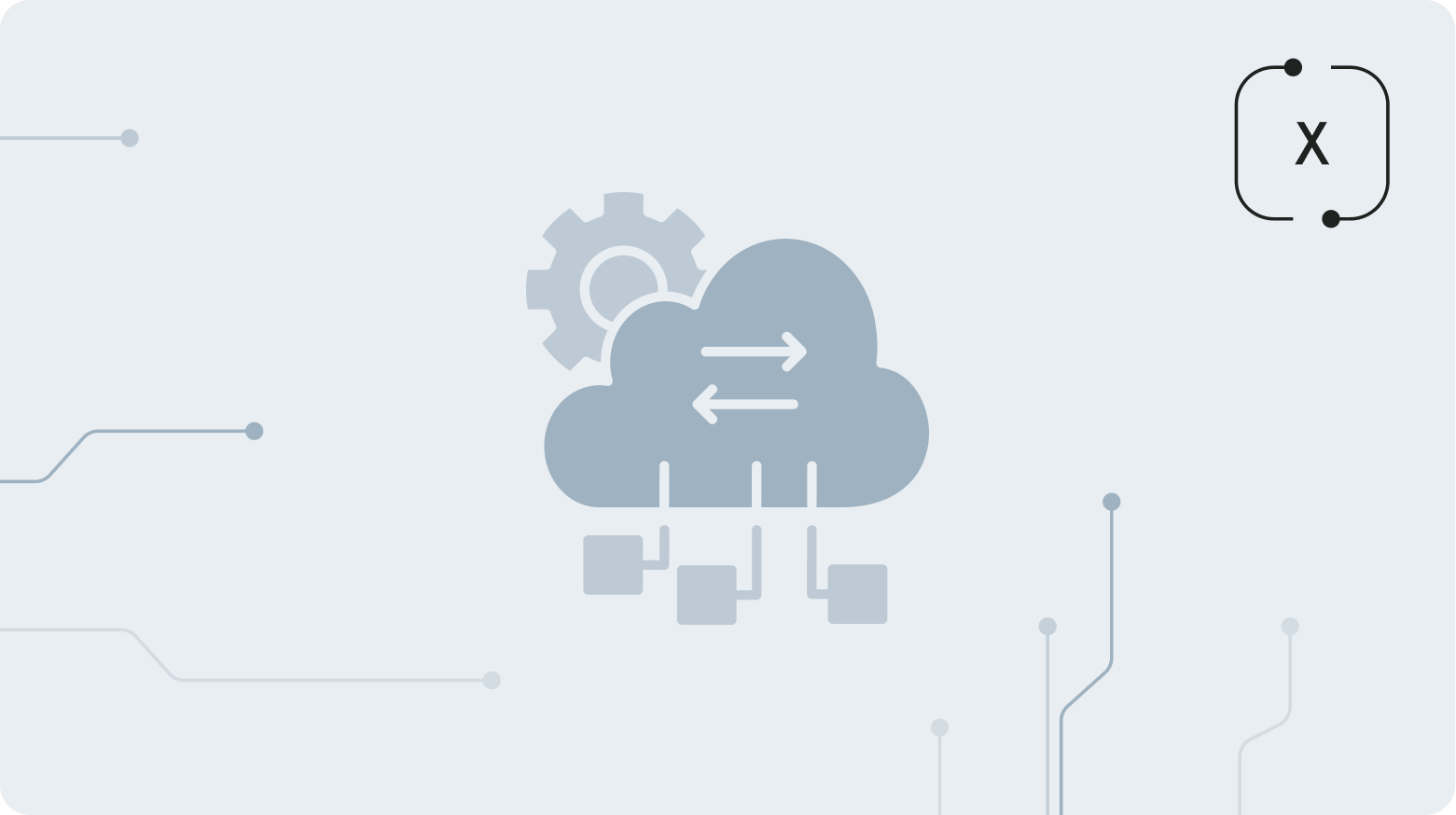
Being the 15th most popular network in the world with 330+ million active members, Twitter has emerged as one of the most important platforms, providing valuable insights into consumer behavior, market trends, and public opinion.
%25252525252525201-min.avif)
Yet, what tool to use for obtaining all those insights? Here not only do we highlight the importance of obtaining Twitter data but compare two heavyweight data-retrieving tools: Data365 and Twitter API 1.1. We made a thorough comparison of APIs' features, pricing, limitations, and other key aspects to help you determine which one is right for your needs.
The Twitter API v1: Brief Overview
The Twitter API v1.1 is one of the versions of the official Twitter APIs tool that provides access to the network’s vast data. It’s designed for developers who need to integrate Twitter data into their applications.
The Twitter v1 API has a range of noteworthy features, such as:
- Immediate and historical access to Twitter data: enables users to perform trend analysis, audience research, and social media monitoring.
- The capacity to obtain data that are applicable to particular users, hashtags, and keywords.
- Several endpoints provide varying forms of information, thereby offering a comprehensive view of Twitter data.
- Stringent authentication and security measures: safeguards user data from potential breaches or unauthorized access.
- Compatibility with different programming languages such as Java, Python, and Ruby, making it easier for developers to integrate the API into their workflow.
The API Twitter 1.1 can be used for:
- Real-time social media monitoring;
- Audience research;
- Trend analysis and identification;
- Sentiment analysis;
- Brand reputation management.
With the Twitter API 1.1, businesses can monitor, analyze, and leverage real-time data to gain valuable insights, capitalize on trends, engage with their audience, and maintain a positive brand reputation.
Here is HealthyFood, a company that sells organic food products. The brand can use the Twitter API v1.1 for audience research. So, scraping Twitter data, the company can analyze their followers' tweets to understand their interests, location, and behavioral patterns. Furthermore, real-time monitoring enables them to track organic food-related conversations, gauging the sentiment surrounding their brand in the digital realm. Additionally, by keeping tabs on popular organic food hashtags, they can swiftly identify emerging trends and fine-tune their marketing strategy accordingly. With the Twitter API v1.1, HealthyFood effectively harnesses data-driven intelligence to optimize their brand's impact in the organic food market.
Understanding the Twitter API landscape can be complex. For more details on different versions, explore our articles on Twitter API v2 and Twitter GraphQL API.
What Is Alternative Social Media API?
Being a third-party tool, social media API provides access to real-time publicly available data in a fast and advanced way.
Some key features and benefits to mind are:
- Real-time and historical data access, including tweets, retweets, mentions, and more;
- Advanced filtering options;
- High customization;
- Detailed documentation;
- Professional technical support for all the customers.
Such API also offers a range of powerful features, including but not limited to:
- Monitor consumer behavior by retrieving public data from social media;
- Identify and track trending influencers;
- Monitor public user conversations (comments, posts, etc.) to protect and enhance your brand's reputation;
- Stay updated on popular topics and upcoming trends;
- Predict future trends;
- Make informed investment decisions based on news and opinions;
- Develop new products and services based on tweet trends and hashtags;
- Gain insights about your competitors and their customers;
- Keep track of political and economic trends for timely adaptation;
- With the API, you can tap into the power of social media data to drive your organization forward.
So, let’s take fictional JAM-SMM, a marketing agency that uses such a for social media listening to improve their clients' social media presence. For instance, one of their clients, a local restaurant, wanted to know what their customers were saying about their food and service on X (formerly known as Twitter) to identify areas for improvement.
JAM-SMM used a social media API to monitor real-time tweets about the restaurant and track mentions of their brand name, menu items, and location. By analyzing the sentiment of the tweets, not only were they to achieve the goal but address customer complaints promptly, improving customer loyalty. As a result, thanks to the API, JAM-SMM gathered valuable insights and improved the restaurant's online reputation.
Understanding the Differences Between API Twitter 1.1 and Alternative Tool
Here is an ultimate comparison of APIs, with their strengths and weaknesses examined to provide a full picture so that you decide on which tool is best suited to your needs.
Data Available
The standard Twitter v1 API endpoints were launched in 2012 and enable you to post, interact, and retrieve data for resources such as Tweets, Users, Direct Messages, Lists, Trends, Media, and Places.
The Official Twitter API v1 provides access to various types of data from Twitter, including tweets, user profiles, mentions, hashtags, trends, and more. It offers limited access to real-time and historical tweets, as well as certain restrictions and limitations on the volume of data that can be retrieved. The data available through the API Twitter 1.1 is primarily focused on public data and does not provide access to private or deleted tweets.
The alternative social media API offers access to real-time/historical public data that can be obtained from the network, including tweets, profiles, and more. If you want to know how Data365 can be useful for your needs, you can always contact our support to get all the needed details.
Please note that the actual features and limitations of the Twitter API v1.1 and another social media API may change over time. Thus, we recommend you learn the respective documentation and terms of use of each API for up-to-date information.
Flexibility
The Official Twitter API v1.1 offers filtering with limited options, what may result in retrieving a larger volume of less relevant data. If you need the flexibility to retrieve more customized and relevant data for specific needs, then alternative variants may be a better variant.
When it comes to alternative API, the service provides customizable filtering options based on various parameters. Users can combine multiple filters and sorting options to create complex queries. Get more details on the flexibility provided by such tools as Data365 Social Media API by getting in touch with our managers to find out if the solution fits you.
Integration
The Twitter API v1.1 is well-documented and provides libraries and SDKs for easy integration into existing workflows or data pipelines. It uses OAuth for authentication and can be integrated with popular tools such as Hootsuite, Buffer, Sprout Social, Zapier, and more.
Similarly, the third-party API provides extensive documentation, samples, and support for seamless integration. It can be integrated with various tools and platforms that support custom API integrations. Users have the flexibility to leverage their existing data pipeline infrastructure or develop custom solutions to integrate the API into their workflows.
Analytics and Visualization Options
Both the Twitter API v1.1 and a third-party API offer valuable data for analytics and visualization purposes. The data collected can be analyzed and visualized to support strategic decision-making, market research, sentiment analysis, and social media monitoring.
Thus, for example, thanks to customizable filtering options, Data365 Social Media API allows precise analysis and the creation of tailored visualizations. With the ability to extract relevant data and generate insightful visuals specific to their needs, users can gain deeper insights.
Here is a use case for visualizing the data collected through the API. A health-related organization in Italy used the Data365 API to track disease mentions on X (formerly known as Twitter). They collected data on the frequency of disease mentions over the past 5 years and organized it into a table. By analyzing the data and creating a visual graph, they gained insight into disease trends, allowing them to identify patterns and fluctuations in public attention. This information could support public health initiatives and healthcare decision-making.
-min%2525252525252520(1).avif)
Pricing and Limitations
Both the Twitter API v1.1 and alternative API have distinct pricing models and limitations. The Twitter API v1.1 offers tiered pricing, with a basic tier priced at $100 per month, and additional pricing options for enterprise-level access that costs $42,000 per month.
However, it's important to be aware of the limitations imposed by the Twitter API v1.1. For example, there are rate limits on the data volume, number of requests and data retrieval. The limits include about 10,000 tweets, up to 300 posts per profile or per search request, with the possibility of making up to 100 such requests per second.
In contrast, let's take Data365 that follows a prepayment model, where users pay for POST queries and the data they obtain. Data365 offers three pricing packages: Basic, Standard, and Premium, each with different data volumes that can be retrieved per month. Also, you can get a custom pricing plan to meet the specific needs of the project.
To give you an idea of the limitations, the basic package allows up to 500k mentions per month, while the standard (1M mentions/month) and premium (100M mentions/month) packages offer higher limits. Additionally, Data365 has limitations based on the package chosen and a rate limit up to 100 requests per second due to prevent overloading of the system.
You are free to use mentions calculator. There you can input the desired social media platform, features, number of keywords or hashtags, and data points to calculate the approximate monthly cost and adjust your use, finding the best package for your needs.
Bottom Line: Twitter v1 API or Alternative Solution for Your Needs?
Both Twitter API 1.1 and alternative solution are powerful tools with their own strengths and weaknesses. Twitter API v1.1 is ideal for real-time monitoring, audience research, trend analysis and brand reputation management with ability to get data immediately. It provides instant access to a wide range of data, but has data volume and rate limitations at a high price.
And an alternative API can offer advanced features, customization and real-time data access. It allows for precise queries and tailor-made visualizations, and data for social monitoring and listening.
To determine the best API for your needs, consider your specific requirements, data retrieval needs, and budget. Contact us and get all the extra info needed to find out if Data365 suits your project.
Extract data from five social media networks with Data365 API
Request a free 14-day trial and get 20+ data types








.svg)
.svg)
.svg)






.svg)
.svg)
.svg)
